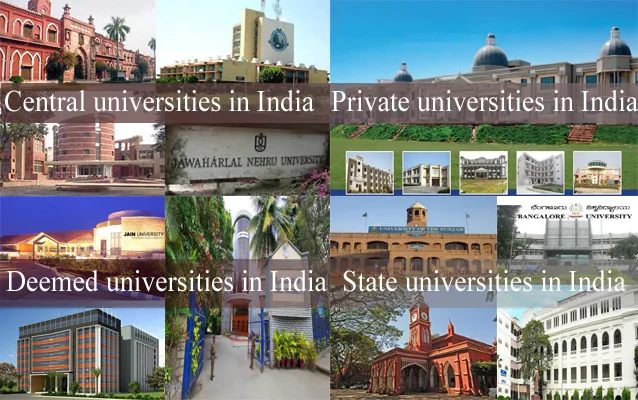Selecting between private and government medical colleges is one of the most important choices that prospective students must make when pursuing a medical degree in India. Every kind of organization has a distinct mix of benefits and drawbacks to suit various requirements and tastes. In order to assist prospective medical students in making an informed choice, this article will examine the benefits and drawbacks of private versus government medical colleges in India.
Benefits of Government Medical Colleges
Cost-effectiveness
The affordability of government medical colleges is one of their biggest benefits. Since the tuition is far less than at private universities, more people can afford to attend higher education. Because of this financial benefit, students from a variety of socioeconomic backgrounds can now pursue their aspirations of becoming doctors without having to worry about taking on enormous debt.
Quality of Education
Government medical schools are renowned for offering top-notch instruction. These schools frequently employ seasoned professors with in-depth knowledge and proficiency in their specialties. The curriculum guarantees that students obtain a solid academic foundation since it is well-structured and created to match industrial standards.
Clinical Exposure
The enormous clinical exposure that students receive at government medical colleges is another significant benefit. Major public hospitals typically link these establishments, serving a diverse range of patients. This exposure allows students to get practical experience with a variety of medical conditions, which improves their practical skills and prepares them for real-world situations.
Drawbacks of Government Medical Colleges
Extremely Competitive Admissions Procedure
Government medical institutes have a very competitive admissions process. Securing admittance can be difficult because of the strong demand and the restricted number of seats. For students to have any chance of being in, they frequently need to perform really well on entrance exams.
Infrastructure Challenges
Certain government medical institutions could experience infrastructure issues, particularly those located in smaller cities or rural regions. This can include inadequate research facilities, crammed classes, or antiquated equipment. It’s crucial to remember, though, that a lot of government agencies are actively attempting to upgrade their infrastructure.
Benefits of Private Medical Colleges
Modern Infrastructure
Modern buildings and facilities are a feature of many private medical colleges. They frequently have state-of-the-art technology resources, well-stocked labs, and contemporary classrooms that foster the best possible learning environments. These resources help students have a more fulfilling educational experience.
Flexibility in Admission
Generally speaking, compared to government institutions, private medical colleges have more places available. This greater availability may lessen the competitiveness of the admissions process, providing opportunities for applicants who might not secure admissions at government universities.
Individualized Attention
Many private universities have smaller class sizes, which means that instructors frequently give students more individualized attention. This may result in improved student-teacher relationships, individualized instruction, and mentorship opportunities.
Drawbacks of Private Medical Colleges
Higher Tuition Fees
The primary drawback of private medical colleges is their exorbitant educational expenses. Private college tuition can be far more than that of government colleges, which could put a strain on students’ and their families’ finances.
Variability in Education Quality
There could be significant differences in the quality of instruction among private medical colleges. While some private schools provide top-notch instruction, others could put financial gain ahead of academic standards. Students must do extensive study and select reliable private colleges.
Limited Clinical Exposure
Comparing private medical colleges to public ones, some can have less clinical experience. This often occurs because the private hospitals affiliated with these universities are admitting fewer patients. In order to provide their students greater clinical exposure, numerous private universities are tackling this problem by forming partnerships with public hospitals.
Conclusion
The decision of which Indian medical colleges to attend—private or government—requires careful consideration of a number of issues, including financial situation, academic objectives, and professional aspirations. The best option will rely on specific needs and priorities, as both kinds of institutions have advantages and disadvantages. At CareerVaani, we dedicate ourselves to guiding prospective medical students through this crucial phase of their academic journey, understanding the complexity of this decision. Remember that your commitment, diligence, and love for medicine will ultimately determine how successful you are in this honorable career, regardless of the kind of school you select.

